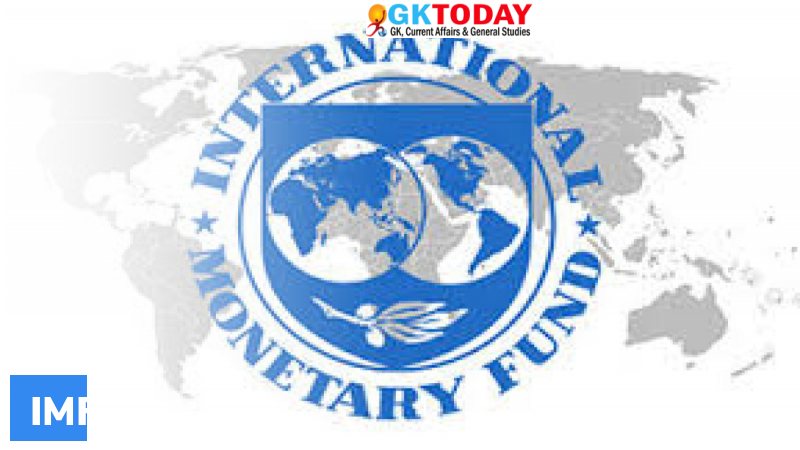IMF approves $650 billion for poor countries to tackle Covid
Member nations of the International Monetary Fund have approved the injection of $650 billion to help countries in dealing with mounting debt and economic fallout because of Covid-19 pandemic.
Highlights
- These reserve assets, called as special drawing rights, have been created first time after 2009 global financial crisis when $250 billion were issued.
- It will help in boosting global economic stability.
- SDR allocation will come into effect on August 23, 2021.
- SDR allocation will benefit all members, address the global need for reserves, build confidence, and foster resilience & stability of global economy.
Background
Plan to allocate funds was under consideration for more than a year. However, it was initially delayed when the United States (IMF’s biggest shareholder) blocked it in early 2020 citing that fund wouldn’t get to countries that need it the most.
How reserves are allocated by IMF?
Reserves are allocated to all the 190 members of IMF in proportion to their quota. 70 percent of the reserves is allocated to Group of 20 largest economies while 3 percent to low-income countries. 58 percent go to advanced economies out of which 42% is allocated to emerging and developing economies. Thus, out of $650 billion, $21 billion will go to low-income countries while $212 billion to other emerging market and developing countries.
Special drawing rights (SDRs)
SDR, created in 1969, are supplementary foreign exchange reserve assets which are maintained and defined by the IMF. SDRs are units of account for IMF but not a currency. They represent claim to currency held by IMF member countries.
Who allocate SDRs?
SDRs are allocated by IMF to countries. It cannot be held or used by private parties.
Month: Current Affairs - August, 2021


